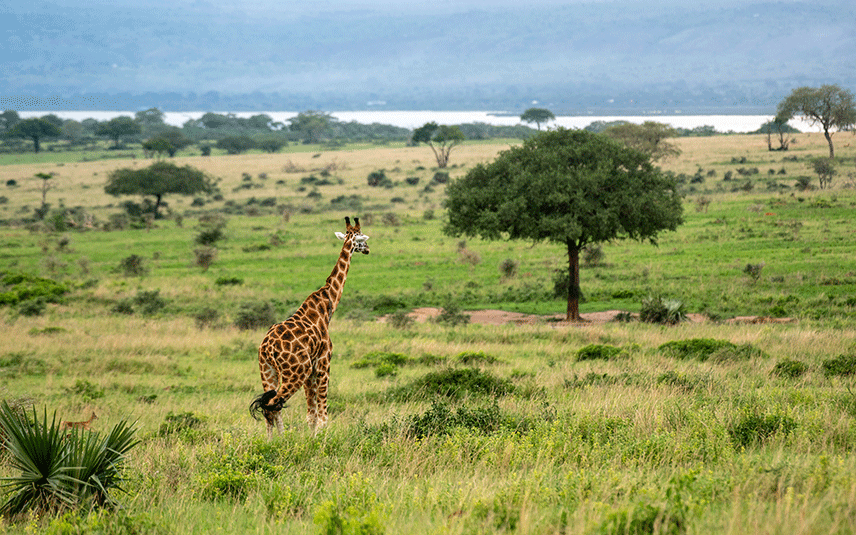Best time to visit Uganda
Uganda, often referred to as the “Pearl of Africa,” is a year-round travel destination with stunning landscapes, abundant wildlife, and rich cultural experiences. However, the best time to visit Uganda depends on the activities you plan to undertake, such as gorilla trekking, wildlife safaris, or exploring its vibrant cities. The country’s equatorial climate ensures generally warm temperatures throughout the year, but seasonal rainfall patterns can influence your travel plans.
Understanding Uganda’s Climate
Uganda experiences two primary seasons: the dry season and the wet (or rainy) season. These seasons are largely influenced by the country’s equatorial location and varied topography.
- Dry Season: December to February and June to August
This is Uganda’s peak travel period, with minimal rainfall, sunny days, and cooler evenings, especially in higher altitudes. - Wet Season: March to May and September to November
Rainfall is more frequent, with March and April being particularly wet. The landscapes are lush, and fewer tourists visit during this time, making it ideal for those seeking solitude.
Best Time for Gorilla Trekking
Gorilla trekking, Uganda’s flagship tourism activity, is best done during the dry seasons from June to August and December to February. The trails in Bwindi Impenetrable National Park and Mgahinga Gorilla National Park are less muddy and easier to navigate during these months.
While the wet season (March to May and September to November) offers a more challenging trek due to slippery trails, it also provides a unique experience as the forests are vibrant and the chances of encountering gorillas remain high. Additionally, permits are more readily available during the rainy season, and some lodges may offer discounted rates.
Best Time for Wildlife Safaris
For wildlife enthusiasts, the dry season is ideal for game drives in Uganda’s national parks such as Queen Elizabeth National Park, Murchison Falls National Park, and Kidepo Valley National Park. The reduced vegetation during these months makes wildlife spotting easier, as animals congregate around waterholes.
- June to August: Prime time for observing wildlife due to sparse vegetation and minimal rainfall.
- December to February: Excellent for birdwatching, as migratory birds join Uganda’s rich avian population.
The wet season, particularly from March to May, can also be rewarding for birdwatchers, as resident species are in their breeding plumage, offering vibrant displays. However, wildlife viewing may be more challenging due to dense vegetation and waterlogged trails.
Best Time for Birdwatching
Uganda is a birder’s paradise, boasting over 1,000 bird species. While birdwatching is good year-round, the wet seasons (March to May and September to November) are particularly rewarding. This is when migratory birds arrive, and resident species are actively nesting and displaying.
Top birdwatching destinations include:
- Mabamba Swamp: Famous for the elusive shoebill stork.
- Bwindi Impenetrable National Park: Known for Albertine Rift endemics.
- Queen Elizabeth National Park: Offers diverse bird habitats, including the Kazinga Channel.
Best Time for Cultural Experiences
Uganda’s cultural events and festivals occur throughout the year, offering travelers an opportunity to immerse themselves in the traditions of its 56 tribes. Key events include:
- The Kampala City Festival (October): A vibrant celebration of Uganda’s capital.
- Imbalu Circumcision Ceremonies (August): A traditional rite of passage among the Bagisu people.
For cultural tours, the dry seasons provide more convenient travel between rural areas and cultural sites.
Traveling During the Wet Season
While the wet season presents logistical challenges such as muddy roads and delayed activities, it offers unique advantages:
- Lush Scenery: The landscapes are at their most verdant and photogenic.
- Lower Costs: Accommodation rates are often reduced, and national parks are less crowded.
- Exclusive Experiences: Fewer visitors mean more intimate encounters at popular attractions like gorilla trekking sites.
If you choose to visit during the rainy months, it’s essential to pack appropriately, including waterproof clothing, sturdy boots, and insect repellent.
Special Considerations
- Peak Tourism Period: June to September is the busiest time, with higher demand for permits, accommodations, and tours. If traveling during this period, advance booking is recommended.
- Festive Season: December sees an influx of visitors due to holiday celebrations. Parks and lodges may be crowded.
- Low Season: March to May and October to November are quieter, with fewer tourists and discounts on activities and lodges.






